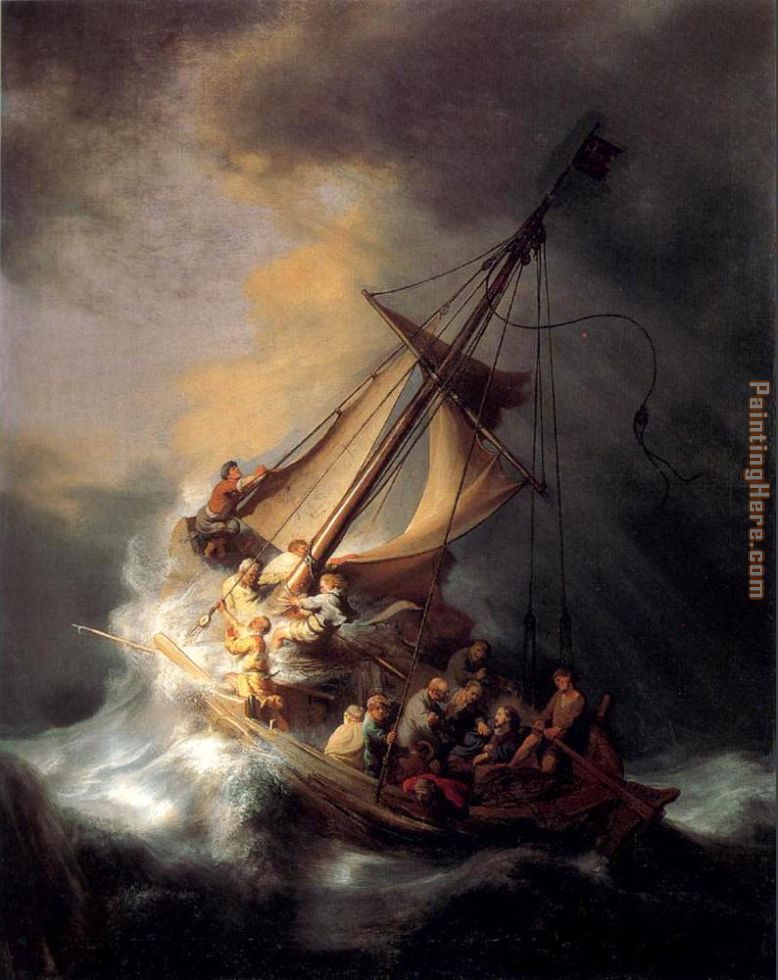I am at that place in my blogging experience where I am trying to hone in my focus a bit more. I feel that I am kind of unsure of where to go with my research, and when I sit down to try to blog I am unsure of what to study next. I did
plan out my semester , and the idea I had was to study Shakespeare representation in popular culture. The problem with that focus is it is much too broad! I talked to some of my classmates in our small groups the other day, and
David gave me the great idea of doing this post to see what I've already researched.
1. I've done some research into the historical context of the plays. I did post about
Renaissance music, covering how it sounds, what instruments are typical used, etc. I also researched typical
marriage customs of Shakespeare's day, and how they were represented (whether well or poorly) in his plays.
2. I researched a little about the
historical representation of Richard III, and whether or not he was as evil as the play construed him to be. I also was interested by how representation in popular culture can easily sway public opinion on a matter for many years to come.
3. I looked at the
psychological effects of "being ugly"and the effect this label and ensuing treatment could possibly have upon a person's behavior, as well as how it was portrayed in Richard III. I drew connections between the Phantom from Phantom of the Opera and Richard III.
4. For some close read assignments, I have done a close read of a
love sonnet as well as an
analysis of Hermione's speech in Winter's Tale. I also read Prospero's speech and did a close read and historical research of how
Prospero's character and sentiments may have lined up with Shakespeare's own feelings.
5. I looked at modern productions of Shakespeare's plays. First, I compared
She's the Man and Twelfth Night. I looked at storyline changes, as well as character portrayal. I also looked at another modern and cultural setting for Shakespeare's
Othello and how the different cultural perspective changed my experience of the story. Also just recently, I went and saw BYU's production of
Much Ado About Nothing and compared the modern production of the play with how they would have performed it in the Globe Theater.
6. I did an
interview with Fred Adams (courtesy of
Cara), the head of the annual Shakespeare Festival. He had some really neat insight on the history behind Shakespeare, and talked about how politics of the time as well as laws and prejudices affected his plays. Mr. Adams also discussed how they go about putting on the productions so as to remain true to original form.
7. I found an article about
Shakespearean popular culture and how Shakespeare's works and their acceptance has changed since they originally ran in the Globe Theater through today. It was interesting to see the demographic that enjoys the plays, and how both the demographic as well as media which is used as a vehicle has morphed.
8. Lastly, I participated in the
flash mob that our class did at Provo towncenter. I looked at flashmobs as a popular culture phenomenon, and how they are used as a means of advertising and communication in our culture.
Some things I am CURRENTLY working on include:
1. I am beginning work on my Shakespeare song, as outlined in my course lesson plan (linked at the top of this post). Hopefully I can perform the finished product in class.
2. I found in the library a reference book on Shakespeare and how he's been used in every form of popular culture imaginable. If he's in something, this book will have it. This will certainly be very useful in my further research.
3. I'm working on a project with
Brandon currently about musical representation and Shakespeare. We're trying to get the Battle of the Bands idea to pan out.
4. I am participating in the Grassroots Shakespeare's production of Richard III. I should be getting my lines today! I encourage everyone to attend the production on Saturday night!
5. I finally received my Looking for Richard dvd from netflix, and I'm planning on watching that movie in the next few days, so if anyone wants to see it with me, last call! Let me know!
6. I'm still planning involvement in
Brooke's production of a scene from one of Shakespeare's plays.
That's a summary of what I have done and what I'm currently doing. I see a thread that I could possibly follow in how Shakespeare himself portrays certain issues in his plays, and how that translates to our productions today. I'd appreciate some feedback ladies and gentlemen. What do you think?
![[Picture: Stack of old books] [Picture: Stack of old books]](http://www.fromoldbooks.org/pictures-of-old-books/pages/img_7378-stack-of-books/img_7378-stack-of-books-q67-303x500.jpg)











